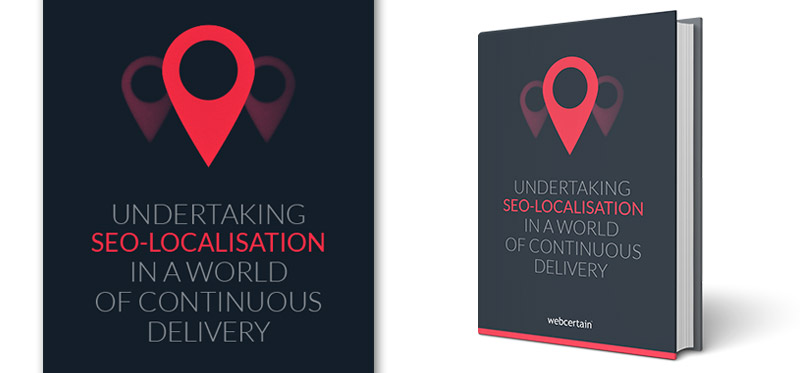Trying to succeed at both website translation and SEO is a challenge that many international businesses face on a daily basis.
It can seem like a never-ending battle: you translate a webpage into the target language, only to have your SEO team tell you that the content doesn’t contain the right keywords. You then have two options: to either go back to the translators and ask them to insert the keywords into the translated text, or have your international digital marketing agency insert the keywords after translation, either way adding more time and more costs to the project in the process.
This process can often make companies feel as though they are going round in circles. It can also cost both time and money if the translator needs to re-write the text to accommodate the keywords in a natural-sounding way.
Surely there must be an easier way? Is it possible to balance the needs of SEO and translation? Thankfully the answer is yes, and it’s called SEO-localisation.
SEO-localisation describes the process of combining SEO and translation. It is a super-efficient workflow that can support continuous delivery cycles and result in shorter lead times and lower costs, all without compromising on quality.
Over the years, so many of our clients have come to us with questions about SEO-localisation that we’ve decided to write this e-book to help everyone understand and implement the process.
We think it provides readers with a useful, practical and in-depth understanding of the process, but don’t take our word for it. Here’s what some of the readers had to say about it:
Omi Sido – Senior Technical SEO at Canon Europe
“This book provides a systematic process driven methodology combined with ‘local SEO’ principles ranging from basic to advanced. Having a clearly defined and comprehensive SEO process like the proposed ‘continuous delivery’ method will clarify deliverables and allow your SEO team to work in a well-organised manner, be more productive, more effective and simply get more done. Would I recommend this book to others? I already have. And I will do so again.”
Jarazet Altamirano – EMEA Digital Marketing Program Manager at Texas Instruments
“I found the content of the e-book very useful, and I liked its easy-to-digest summaries and the final checklist. The explanation of the agile framework and workflows is really helpful, and I thought the case study was good in outlining the process and the results of the localisation efforts in a live project . I think this e-book would benefit SEO managers of multilingual sites in medium- to big-size companies who are trying to establish translation workflows that are optimised for SEO. It’s also a good read for anyone wanting to understand the importance of localisation going beyond simple translation.”









